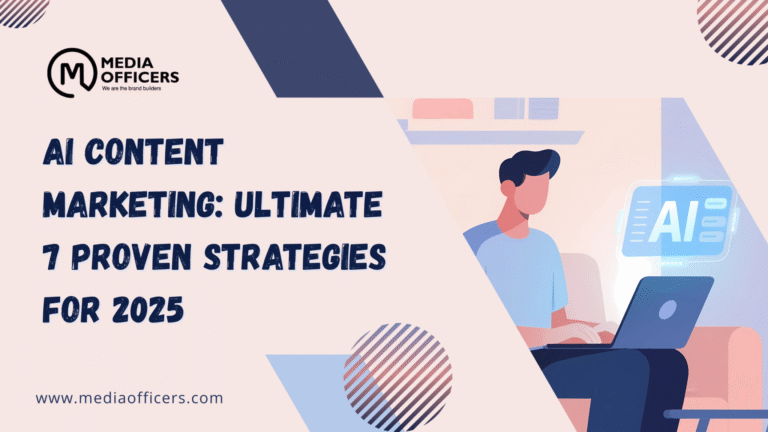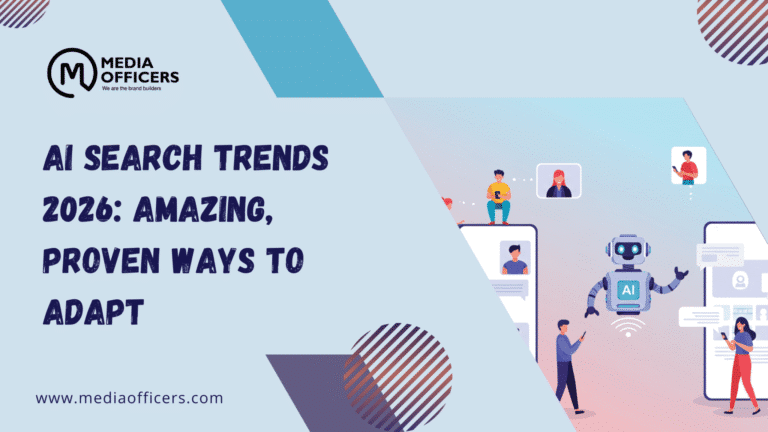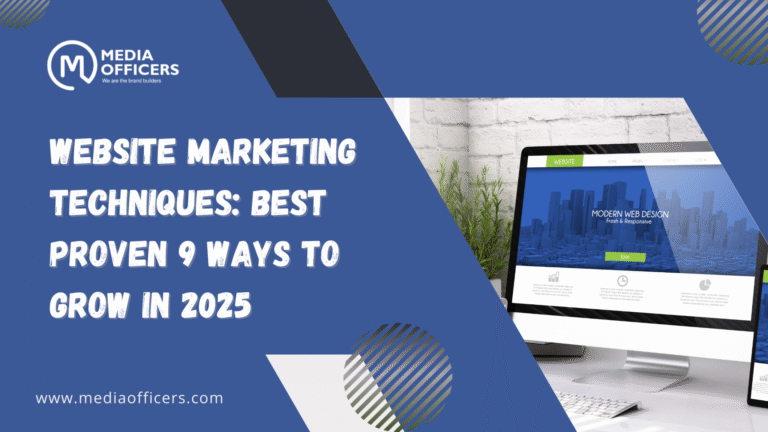ChatGPT Ads have emerged as a focal point in the evolving monetization strategy around OpenAI’s flagship product. Sam Altman has moved from a stance that ads were a last resort to considering a nuanced, user-friendly ads model for ChatGPT. This pivot reflects broader shifts in how AI companies balance user trust, product quality, and revenue growth in the age of AI assistants.
Understanding Sam Altman’s Early Stance on Ads
Historically, Altman framed advertising as something to tolerate only if there was no choice. He argued that the integrity of ChatGPT results should be preserved by keeping the platform free from marketing pressures; he preferred users paying for access to preserve independence. This stance was not merely philosophical. It shaped product strategy and funding discussions, reinforcing a boundary between trusted information and monetization. The narrative at Harvard and in later interviews emphasized a clean separation between ads and the core value ChatGPT provides. In effect, he positioned ChatGPT Ads as a potential risk to trust rather than a capability to pursue actively.
The essence of his early position was practical: make sure the AI answers remain trustworthy, untainted by commercial considerations, and let users pay for premium assurance if needed. The underlying philosophy was a belief that revenue should not compromise the perceived impartiality of the assistant. This framework helped set expectations for how OpenAI would evaluate any future monetization moves, including a potential ChatGPT Ads product that would have to earn trust over time.
In public commentary, Altman highlighted concerns about ads plus AI as an aesthetic and ethical challenge. The concern was not about ads per se but about what happens when monetization pressures intersect with model behavior, ranking signals, and the accuracy of information. The takeaway for many readers is that the early stance centered on safeguarding the user experience and the reliability of the AI before contemplating new revenue levers. This context is essential for understanding why the later pivot toward ChatGPT Ads was framed as a careful, incremental exploration rather than a hasty pivot.
Instagram as the Turning Point for ChatGPT Ads
The turning point came when Altman pointed to Instagram as a case study in how ads can be both useful and respectful. He described how Instagram ads helped him discover products he genuinely valued, illustrating that a well designed ad product can add to user experience rather than detract from it. This realization did not mean all ads are inherently good; it underscored that the risk is misalignment between what users want and what the ad ecosystem delivers. For ChatGPT Ads, the Instagram example suggested a possible future where advertising is integrated in a way that feels natural, relevant, and transparent. The core lesson was that usefulness plus trust can coexist with monetization if the design prioritizes consent, relevance, and clear labeling.
Seen through this lens, the ChatGPT Ads opportunity becomes less about forcing ads into conversations and more about enabling a world where paid recommendations become genuinely helpful. Altman has since stressed that any ads strategy must be crafted with care to avoid creeping influence over responses, yet the Instagram benchmark remains a practical proof point for what a well crafted ad experience could look like in an AI context.
From Last Resort to a Realistic Model: The Affiliate and Revenue Ideas
By early 2025, Altman started outlining concrete avenues that marry user value with monetization. A prominent concept is an affiliate-like model that charges a small fee only when a user completes a purchase through a ChatGPT Ads driven interaction. The goal is to create a revenue flow that is tied directly to outcomes rather than to impressions or placements. This approach represents a shift from traditional display advertising to outcome-based monetization, where users benefit from recommendations and OpenAI captures a modest share of successful transactions. The emphasis is on aligning incentives with user benefit and maintaining a separation between the core answer quality and sponsored content. He emphasized that these ideas were exploratory and not a finalized blueprint, signaling a willingness to test formats that respect user autonomy while creating measurable value for partners and OpenAI alike.
Another line of thought involves designing non disruptive ad experiences that support commerce without altering the trust established by the AI. In practice, this could mean sponsored ties to products or services that are genuinely relevant to the user’s inquiry and are clearly distinguished as sponsored. The overarching principle is that ChatGPT Ads should feel like a useful extension of the assistant, not a flagrant intrusion into the conversation. If applied carefully, ChatGPT Ads could become a source of incremental revenue that funds ongoing AI development without compromising the quality of the assistant’s answers.
The 2025 Pivot: OpenAI Staffing Up for ChatGPT Ads and Revenue Growth
Mid-2025 signaling shows a deliberate move to scale an ads ecosystem around ChatGPT Ads. OpenAI has reorganized teams to support product experimentation that aligns with the chat workflow rather than disrupt it. Internal documents referenced a broader objective of free user monetization with an eye toward substantial growth in 2026. The shift is practical: it aims to create a sustainable model that powers continued AI research, product improvements, and safety initiatives while expanding access to AI powered assistance. The emphasis on staffing and process indicates that ChatGPT Ads is not a rumor or a one off experiment, but a structured effort with governance, measurement, and iteration in mind.
This phase also signals a willingness to develop measurement frameworks that can demonstrate value for advertisers without compromising user experience. The OpenAI team appears intent on building a controlled, transparent, and privacy friendly ad layer that can be tested, refined, and scaled responsibly. The goal is a delicate balance: monetize thoughtfully while preserving the integrity of the AI assistant and the trust of its users.
What Could a ChatGPT Ads Product Look Like?
While specifics are still evolving, multiple formats are plausible and have been discussed in strategy circles. The guiding principle remains: ads should be helpful and clearly labeled, integrated in a way that respects user intent. Plausible formats include:
- Contextual recommendations that surface relevant products or services with explicit sponsorship labels.
- Affiliate based monetization where purchases triggered by the chat yield a small share back to the platform.
- Non intrusive discovery prompts that appear at natural moments in the chat, avoiding disruption to the primary task.
- Transparency and user control with intuitive preferences to manage ad experiences and data sharing.
The objective across these formats is to maintain a pristine AI experience while offering a monetization path that does not degrade the trust users place in the model. In the ideal scenario, ChatGPT Ads feel like value adds rather than interruptions, enabling both the user and the advertiser to achieve meaningful outcomes.
User Experience, Privacy, and Trust: Guardrails for ChatGPT Ads
Guardrails are non negotiable for a responsible ChatGPT Ads program. The most likely framework would include explicit ad labeling, transparent disclosure of sponsorship, opt in controls, and strict limits on data collection. The chat interface would ensure that the accuracy and reliability of answers remain the top priority, even when ads are present. A robust privacy philosophy would accompany any ad product, with clear explanations of how data is used, what is collected, and how users can limit data sharing. The aim is to ensure that ChatGPT Ads do not erode user trust but rather reinforce it by providing relevant, well labeled, and opt in advertising experiences. This approach would also help OpenAI navigate regulatory considerations and align with evolving industry norms around AI driven advertising.
In practice, this means designing ads that are contextually appropriate, providing value without manipulation, and enabling users to customize their experience. The resulting ecosystem should reward advertisers who respect the user and deliver tangible value while helping OpenAI sustain ongoing innovation in AI safety, research, and product quality. The bottom line is clear: ChatGPT Ads must be built on a foundation of trust, transparency, and user choice.
Why ChatGPT Ads Could Help OpenAI Meet Revenue Goals
OpenAI has signaled a need for new revenue streams to sustain ongoing AI innovation. ChatGPT Ads could unlock a large, global audience and create revenue that supports continued development, infrastructure, and safety work. The potential scale is immense: hundreds of millions of users interacting with ChatGPT Ads presents a unique opportunity for meaningful monetization at a moment of high user engagement. The upside for advertisers is equally compelling if the ads remain highly relevant and non disruptive. Yet the path is not guaranteed. Missteps could undermine trust, invite regulatory scrutiny, and invite competition from other AI platforms that are moving quickly on monetization. The strategic sweet spot is a careful, phased approach that demonstrates clear benefits to users while offering measurable returns for partners and OpenAI alike.
Beyond immediate revenue, ChatGPT Ads could fund stronger safety research, more robust data governance, and broader access to AI capabilities. In this sense, the ad program is not just about selling more impressions; it is about enabling a sustainable model that supports long term AI progress while protecting user welfare. The balancing act will define whether ChatGPT Ads becomes a transformative revenue stream or a cautionary tale about advertising in AI.
Impact on Advertisers and the Digital Marketing Landscape
For marketers, a new ChatGPT Ads channel represents a chance to reach a highly engaged audience at a moment of intent. The scale of potential reach is substantial and could complement other digital channels. However, success will depend on attribution models that reflect real user value rather than mere impressions. Advertisers would need to adapt to AI empowered discovery, crafting messages that are concise, helpful, and transparent about sponsorship. The emphasis would be on utility and trust, not just attention. If ChatGPT Ads achieves strong relevance, advertisers could see improved engagement metrics, higher quality leads, and better brand associations with responsible AI usage. This shift could reframe how AI powered advertising is integrated into broader marketing strategies, encouraging closer collaboration between product teams, data privacy experts, and brand safety professionals.
The potential impact on the broader ad tech ecosystem could be profound. A successful ChatGPT Ads model would showcase a new pathway for monetization that other AI powered services might emulate, creating a ripple effect across the digital marketing landscape. The prospect of a trusted, AI guided advertising experience could drive demand for new measurement standards and cross channel integration as brands seek to optimize performance across AI assisted interactions and traditional channels alike.
Risks, criticisms, and the Path Forward
Any new ad program for AI carries notable risks. Critics worry about the risk of biased responses, over monetization, and privacy violations. The challenge is to demonstrate that ads can be integrated in a manner that preserves quality and trust. To move forward responsibly, OpenAI would likely adopt phased pilots, transparent reporting, and independent audits to ensure that the ad formats do not distort the information or the user’s decision making. Clear opt outs, real time controls, and user feedback loops would be essential to refine what ChatGPT Ads can and should do in practice. If the plan remains aligned with user welfare and conservative in scale, ChatGPT Ads could grow into a credible, sustainable monetization pathway rather than a reckless experiment.
Regulatory considerations will also shape the trajectory. Privacy laws, competition concerns, and advertising standards can all influence how ChatGPT Ads is designed and deployed. A prudent approach would emphasize privacy by design, consent driven data practices, and messaging that clearly differentiates content from ads. The result could be an ad model that earns trust over time, generating confidence from users and clients that ChatGPT Ads is a responsible, value oriented initiative.
Future Scenarios: How ChatGPT Ads Might Work in Practice
Looking ahead, several practical scenarios could frame the early days of ChatGPT Ads. The most plausible are designed to preserve the integrity of the AI while enabling monetization. Here are some likely paths:
- Contextual ads surface at moments of user intent, with explicit sponsorship labeling and no interference with factual accuracy.
- Purchases initiated via chat interactions yield a small affiliate fee, aligning OpenAI revenue with user outcomes.
- Marketplace partnerships feed suggestions from vetted catalogs, with strong controls to prevent biased recommendations.
- Transparent controls allow users to calibrate the amount of ad content they see, balancing discovery with privacy.
These scenarios share a common thread: they keep the user at the center, minimize disruption, and rely on accountability and transparency to earn trust. If executed well, ChatGPT Ads could evolve into a credible, sustainable revenue channel that continues to enhance the AI experience rather than degrade it.
Frequently Asked Questions
Why did Sam Altman shift from hating ads to considering ChatGPT Ads
The shift emerged from real world examples showing that ads can be value adding when designed with user needs, privacy, and context in mind. Altman pointed to Instagram as a successful model and framed ChatGPT Ads as a potential feature rather than a mandatory revenue tactic.
What is the envisioned monetization model for ChatGPT Ads
Early discussions center on affiliate style revenue and contextual sponsored content, with a focus on non disruption and clear sponsorship signals. The model aims to deliver mutual value for users, advertisers, and OpenAI while preserving the integrity of the chat experience.
How could ChatGPT Ads affect user trust and data privacy
Trust and privacy are non negotiable. The likely approach includes opt in controls, explicit labeling, and limited data collection. The goal is to make ads feel like helpful recommendations rather than intrusive marketing, preserving the AI’s reliability and the user’s confidence in the platform.
When might a real ChatGPT Ads product appear
While there is no fixed date, early pilots and staged releases could begin within 12-24 months, with ongoing iteration based on user feedback, safety checks, and regulatory alignment.
Conclusion
ChatGPT Ads represent a significant pivot in how OpenAI approaches monetization without sacrificing user trust. What began as a firm stance against traditional ads has evolved into a thoughtful exploration of ads as a possible feature that could benefit users, advertisers, and the business alike. The Instagram benchmark, the affiliate oriented concepts, and the deliberate staffing push all signal a future where ChatGPT Ads are carefully designed to enhance, not undermine, the AI assistant experience. As the product evolves, the proof will be in the details: transparent labeling, respectful placement, and measurable value for users. If OpenAI can pull off this delicate balance, ChatGPT Ads could become a reliable, high integrity revenue stream that aligns with the best interests of users and brands alike.





